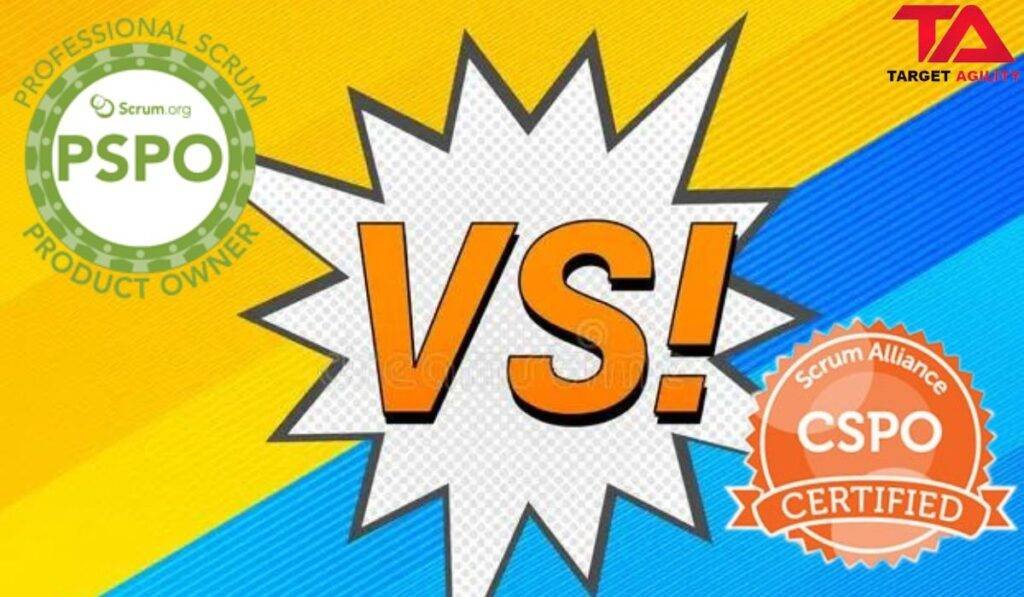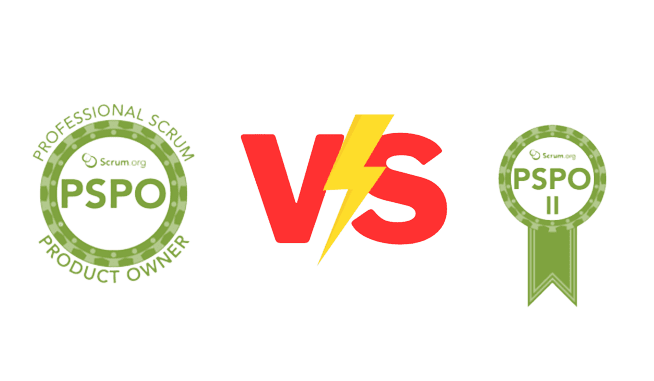Boosting Your Career: Unleashing Opportunities with PSM, SAFe, and PSPO Certifications

In today’s dynamic and competitive professional landscape, continuous learning and skill development are paramount for career advancement. Earning certifications in high-demand areas like project management and Agile methodologies can significantly enhance your employability and open doors to new opportunities. Among the most sought-after certifications are PSM (Professional Scrum Master), SAFe (Scaled Agile Framework), and PSPO (Professional Scrum Product Owner) credentials. These certifications demonstrate your expertise in leading and managing successful Agile projects and can help you achieve your career goals. The Significance of PSM, SAFe, and PSPO Certifications PSM, SAFe, and PSPO certifications are globally recognized and valued by employers across industries. They validate your proficiency in Scrum, the Agile framework that has revolutionized software development and project management. By earning these certifications, you can: PSM Certification: Mastering Scrum Mastery The PSM certification is the gold standard for Scrum Masters, recognizing their expertise in facilitating and leading successful Scrum projects. It validates your ability to: SAFe Certification: Navigating the Scaled Agile Landscape The SAFe certification demonstrates your proficiency in the Scaled Agile Framework (SAFe), a comprehensive framework for scaling Agile methodologies across large organizations. It validates your ability to: PSPO Certification: Empowering Product Owners The PSPO certification validates your expertise as a product owner, the role responsible for defining, managing, and prioritizing product backlog items. It demonstrates your ability to: Unleashing the Power of Certifications Earning PSM, SAFe, and PSPO certifications can transform your career trajectory. These certifications not only enhance your marketability and earning potential but also empower you to lead and manage complex projects effectively. By investing in professional development and pursuing these industry-recognized credentials, you can position yourself for success in the ever-evolving world of project management and Agile methodologies.
PSPO Certification: Jump to PSPO 2 or Start with PSPO 1?

In the world of product management, there’s a debate about whether it’s a good idea to skip the first certification, PSPO 1, and go straight to the more advanced PSPO 2. Let’s break down the reasons for and against this approach in simpler terms. Why Some People Say “Skip PSPO 1”: 1. You Already Know Your Stuff: 2. Learn What You Need: 3. Real-world Skills Matter: However, Here Are Some Key Considerations: 1. Building a Strong Base: 2. It Can Get Tricky: 3. Does It Work?: In Conclusion: Finding the Right Path Deciding whether to skip PSPO 1 or not is about finding the right path for you. Think about your experience, how you like to learn, and the importance of knowing the basics. The journey to mastering product ownership is personal, and whether you take the traditional path or a shortcut, make sure it fits your goals and the way you learn best.
CSPO vs PSPO: Exploring the Differences

In the world of agile project management, two certifications stand out for people responsible for products: Certified Scrum Product Owner (CSPO) and Professional Scrum Product Owner (PSPO). They both focus on the product owner’s job, but they have distinct features, like where they come from, how you get them, and what they emphasize. This blog will help you understand these differences and figure out which one suits you better. Roles Clarified Before we delve into CSPO and PSPO differences, let’s make sure we know what these roles are about. CSPO (Certified Scrum Product Owner): PSPO (Professional Scrum Product Owner): Main Differences Picking the Right Certification Choosing between CSPO and PSPO comes down to what you want and need. Choose CSPO if: Choose PSPO if: In the end, both CSPO and PSPO can boost your skills as a product owner and give you insights into Scrum and agile practices. The choice should reflect your preferences, your organization’s requirements, and how you learn best. The real key to success in your product owner role is applying what you learn to deliver value to customers and stakeholders.
PSPo vs. PSPo 2: Which Scrum Course Should You Choose?

Scrum is a popular framework used in project management and software development. It has two courses for product owners: PSPo (Professional Scrum Product Owner) and PSPo 2. In this blog, we’ll look at these two courses, what they cover, and help you decide which one is right for you. PSPo: The Basics 1. Course Content: 2. Certification: 3. Focus on Fundamentals: PSPo 2: Going Deeper 1. Course Content: 2. Certification: 3. Focus on Advanced Stuff: Comparing PSPo and PSPo 2 Now, let’s see how PSPo and PSPo 2 are different and similar: Choosing Between PSPo and PSPo 2 Deciding between PSPo and PSPo 2 depends on your experience level and what you want to achieve as a product owner. Here are some tips to help you choose: Pick PSPo if: Choose PSPo 2 if: In summary, both PSPo and PSPo 2 have their own purposes, and they’re meant for different points in your journey as a product owner. PSPo is all about building a solid base, while PSPo 2 is for experienced product owners looking to reach new heights. Your choice should match your experience and your career goals. Whether you go for PSPo or PSPo 2, both certifications will boost your abilities as a product owner in the world of Scrum and agile development.

